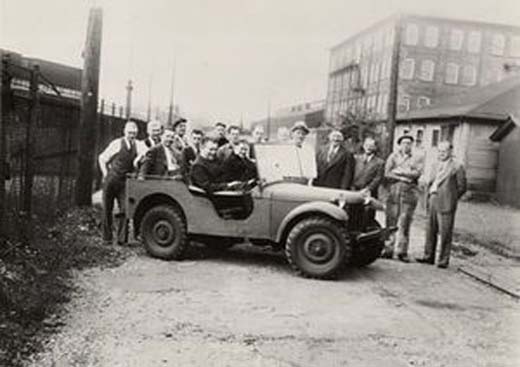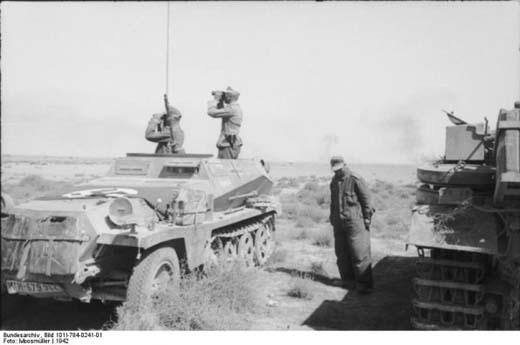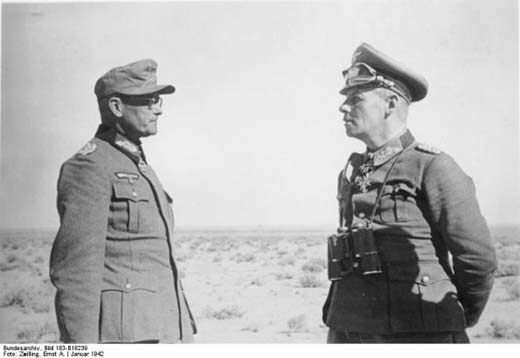Air Operations, Europe
BOMBER COMMAND24 aircraft are sent to bomb Wilhelmshaven. Good bombing results are claimed, but German records classify it as a minor raid with light damage. 6 people are injured. 3 Welligtons and 2 Hampdens are lost.
In minor operations, 29 aircraft raid Emden, the first of 7 raids on Emden during January. Also, 2 Wellingtons raid Boulogne, 5 Hampdens lay mines off Wilhelmshaven, 6 Blenheim Intruders raid Holland and 1 Hampden makes a leaflet flight over France. 1 Blenheim Intruder is lost.
[Barents Sea
The Russian submarine M-175 is sunk north of the Rybachiy Peninsula by U-584 with the loss of her entire crew of 21.
[Dutch East Indies
The Japanese make landings on the small islands of Tarakan and Minahassa, Borneo. The Japanese plans for the invasion of the East Indies envisages a three-pronged attack. The landings at Tarakan are from the Central Force which is to take Borneo. The Western Force will advance from Sarawak and make landings on Sumatra and Java. The Eastern Force is to begin with landings on the Celebes and at Amboina, before attacking Bali, Timor and the eastern part of Java.
The Japanese 3rd Fleet, given the responsibility for the Borneo operations under the command of Vice-Adm Ibo Takahashi, consists of 2 heavy cruisers, 8 destroyers and 41 transports. They are being covered by another group consisting of 2 heavy cruisers and 7 destroyers commanded by Rear-Adm Takeo Takagi. The land forces are commanded by Gen Tomoyuki Yamashita. Dutch Martin bombers make repeated attacks on the invasion fleet.
[ Ford Motor Company Begins Making Jeeps |
 |
Eastern Front
NORTHERN SECTORThe attacks by the Soviet 2nd Shock and 59th Armies along the Volkhov have failed. The Red Army will thus try a new tactic: a combined offensive by the Leningrad and Volkhov Fronts. To the south the offensive by the Northwestern front is also faltering, with the 3rd and 4th Shock Armies making slow progress north of Lake Seligar.
CENTRAL SECTORAlthough the Soviet 39th Army has advanced past Rzhev, the 29th Army is still held up in front of the town.
SOUTHERN SECTORThe German 6th Army counterattacks around Kharkov, hitting the junction of the Soviet 21st and 40th Armies.[MORE]
[Germany, Home Front
Berlin radio reports that German troops are defending their positions in Russia in a 'wall of blood'.
Ford Motor Company Begins Making Jeeps |
 |
Malaya
The British abandon Port Swettenham and Kuala Lumpur while falling back to cover the Port Dickson and Seremban area. The areas abandoned are immediately occupied by the Japanese. After confining their attacks on Singapore's airfields to after dark, Japanese aircraft begin to attack them by daylight.
[Mediterranean
- The British destroyer Legion and the Dutch destroyer Isaac Sweers damage U-374 leaving her unable to submerge.
- The British submarine Thrasher sinks the Italian steamer Fedora (5016t) 35 miles southeast of Cape Dukato, Greece.
Pacific
- The Panamanian steamer Daylite (1976t) sinks on a mine in Manila Bay laid by I-124 8 December.
- The US submarine Pickerel (SS-177) torpedoes and sinks the Japanese gunboat Kanko Maru (2929t) at the mouth of Davao Gulf, off Cape San Augustin, Philippines.
- The Japanese cargo ship Harbin Maru (5169t) is torpedoed by US submarine Stingray (SS-186) and sinks in the South China Sea off the south coast of Hainan Island.
- The Dutch submarine O-19 torpedoes and sinks the Japanese army cargo ship Akita Maru (3792t) at the mouth of the Gulf of Siam.
Philippines
The defenses of the Bataan peninsula are inspected by Gen MacArthur. In the II Corps area, a Japanese force driving south along East Road splits, most of it moving west; both forces reach the outpost line along the Calaguiman River below Samal and exert strong pressure against it. An enemy column pushing south is central Bataan is slowed by jungle terrain. In the I Corps area, the Japanese western assault force reaches Olongapo without opposition.
[ Rommel in conversation with Maj-Gen Boettcher, North Africa, January 1942 |
 |